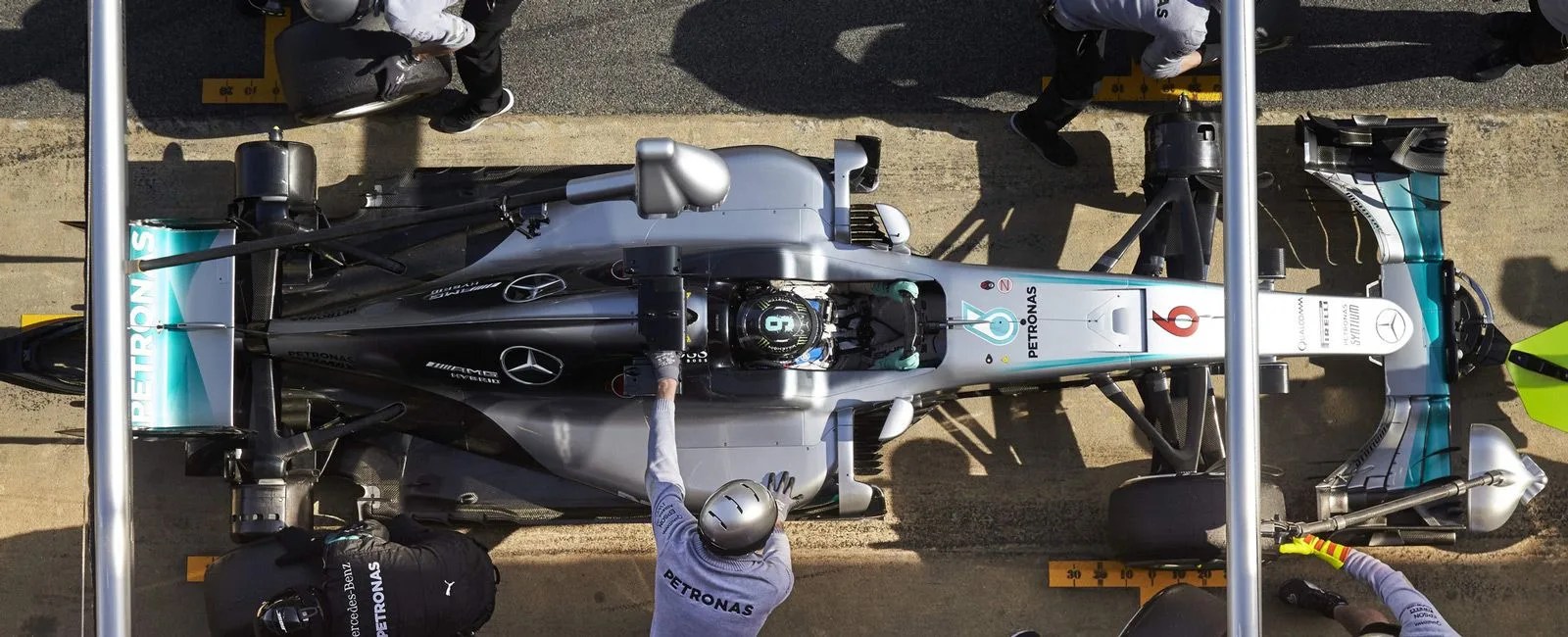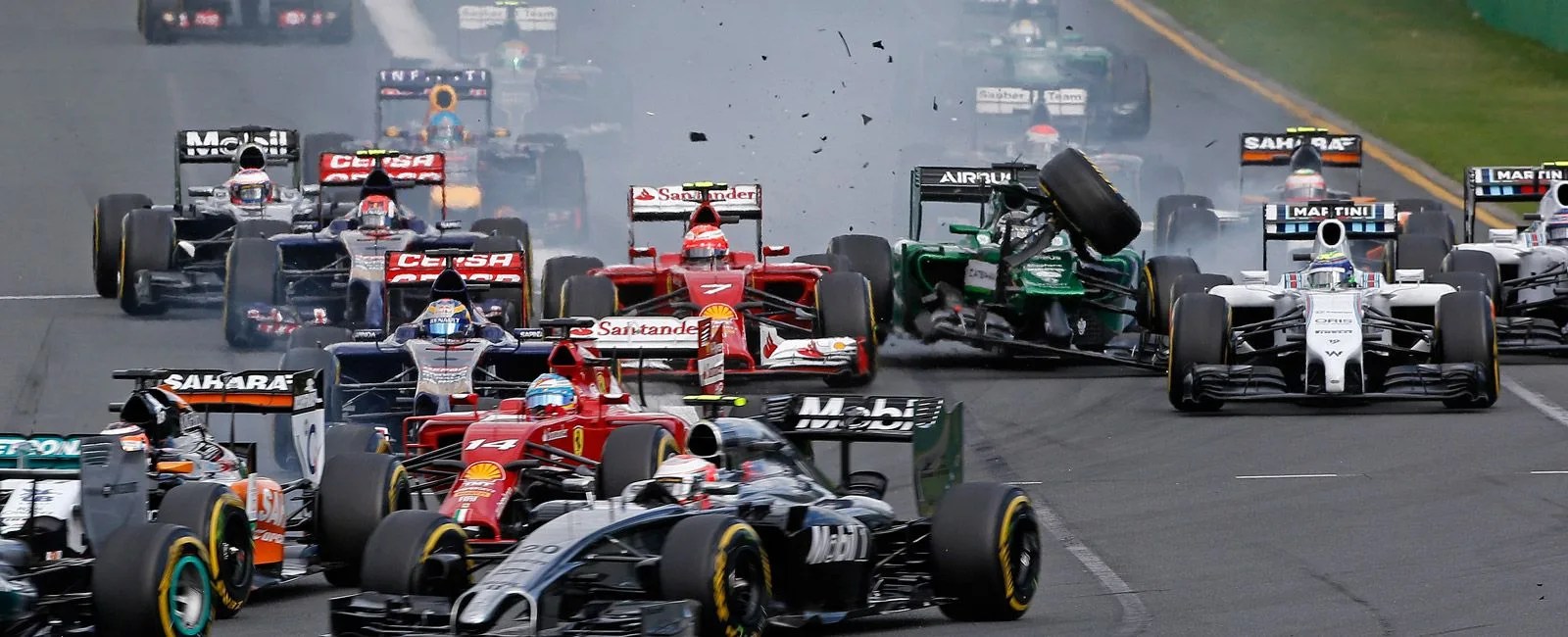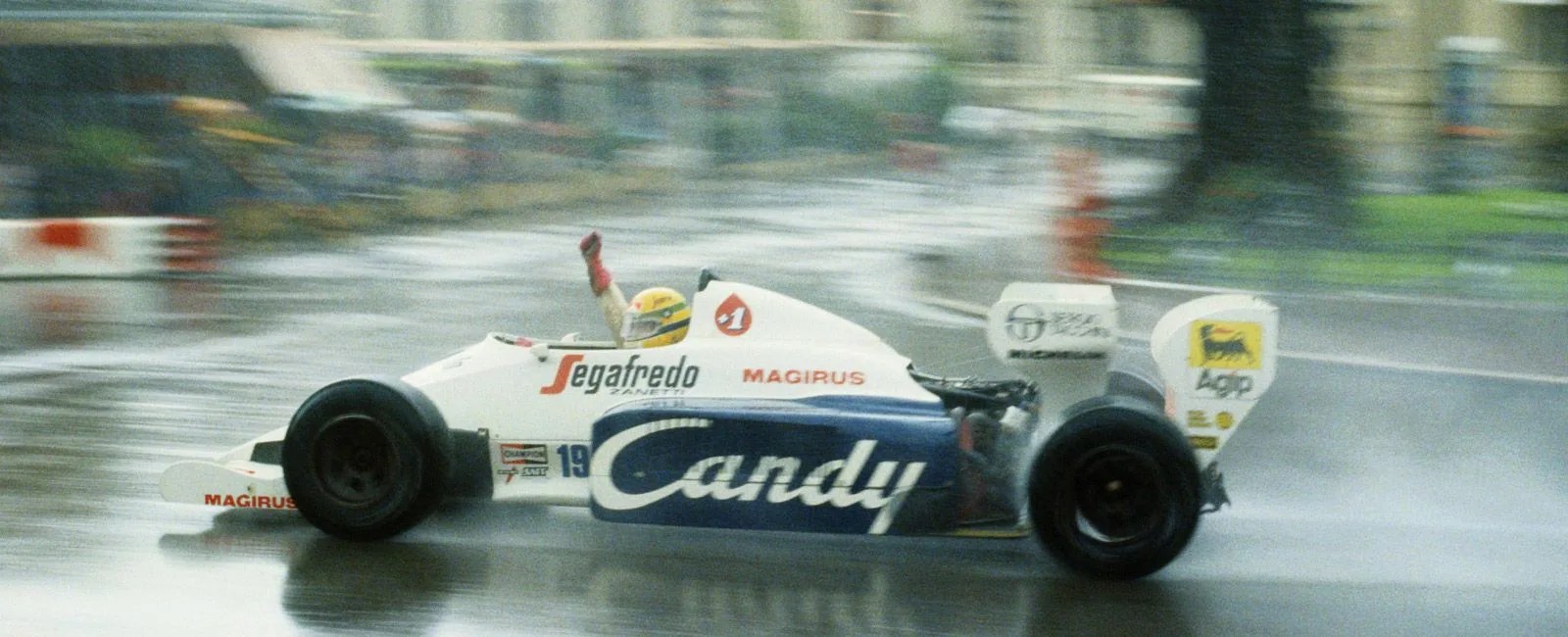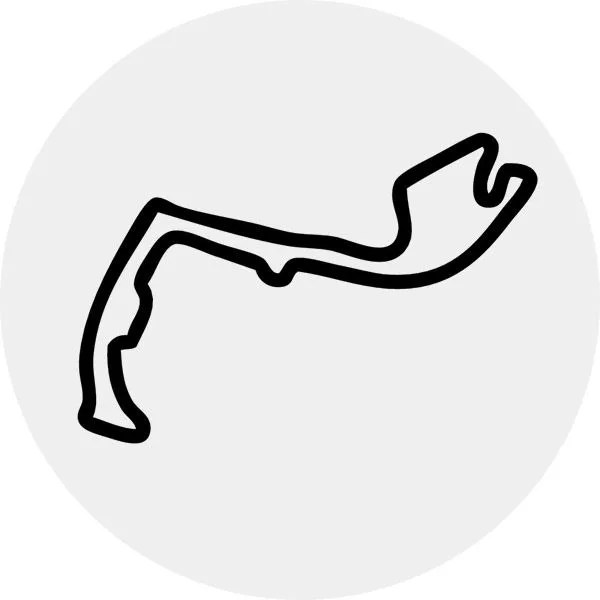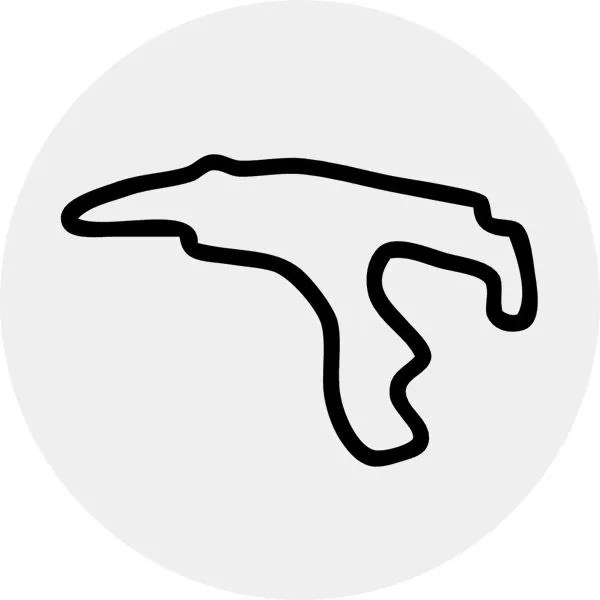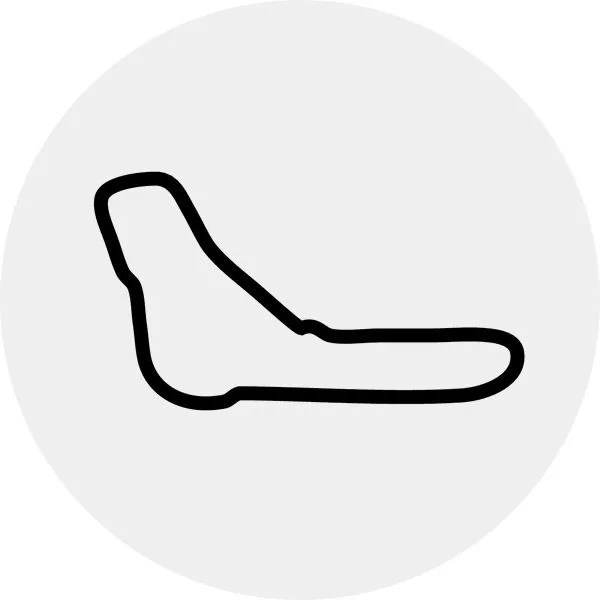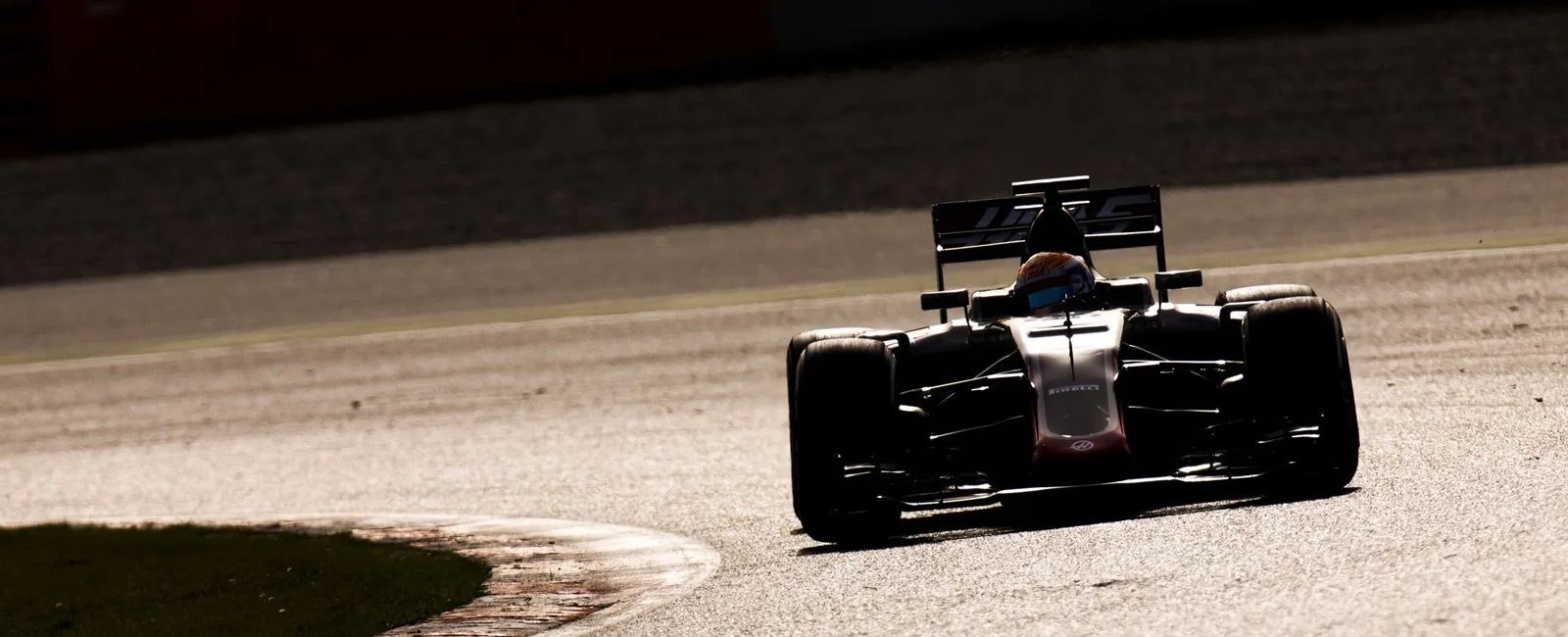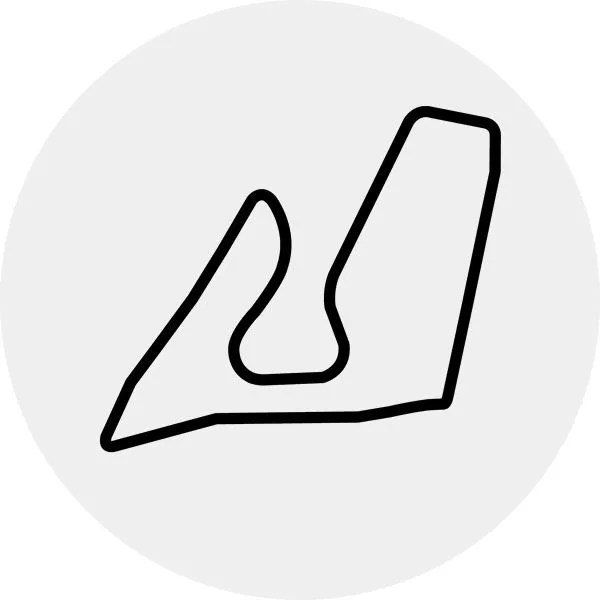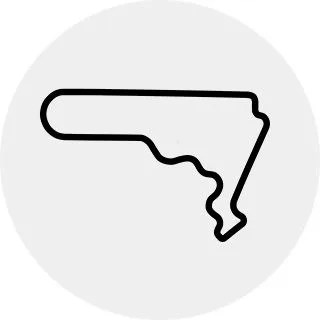At the beginning of 2015, it was understood that if you drove anything but a silver Mercedes-AMG, your chances of winning the championship were slim at best. Last season, the Silver Arrows continued to dominate, breaking the records for number of pole positions and 1-2 finishes in a season — records they had set the year prior. There was a serious fear that Mercedes would hold a complete monopoly on wins in ‘15, but as soon as the season’s third race was underway, Sebastian Vettel, driving for Ferrari, put those fears to rest. In that race, Vettel, a German, earned his first win for Ferrari as well as Ferrari’s first win in 34 races.
However, he would become the only winning driver last season not in a Silver Arrows car, and would remain in the championship hunt well into the season. But Vettel was no match for Lewis Hamilton, who, driving for Mercedes, edged out a teammate to win the whole thing with four races left to run. Still, while 2015 was branded a predictable season marked with predictable race results, 2016 is shaping up to be anything but.
For the first time in 30 years, there is an American F1 team back on the grid. Haas F1, led by the legendary Gene Haas of IndyCar and NASCAR fame, is throwing his hat in the ring. Haas isn’t going in wearing rose-tinted glasses: with newer teams like Lotus and Caterham dead and gone and upstart Manor F1 hungry for a win, he knows it’ll be a fight to make to just the midfield. Renault are back as a full-fledged constructor, ending a seven-year absence. Mercedes would love to continue their dominance and dazzle with a hat trick of championships, but Ferrari have been working overtime all winter and look to have made promising performance gains. As reigning champs Mercedes know, the other teams have done their best to catch up, but considering the way the 2015 season ended, the biggest hurdle will be the team’s own driver feud.
Last season’s outcome may have been clear cut from the beginning, but with technical regulations and team rosters remaining relatively stable going into ‘16, performance levels are on the rise and rivalries are heating up. Upsets, jubilation, close calls and even closer racing: whatever 2016 has in store, this is your guide to help keep an eye on it all.
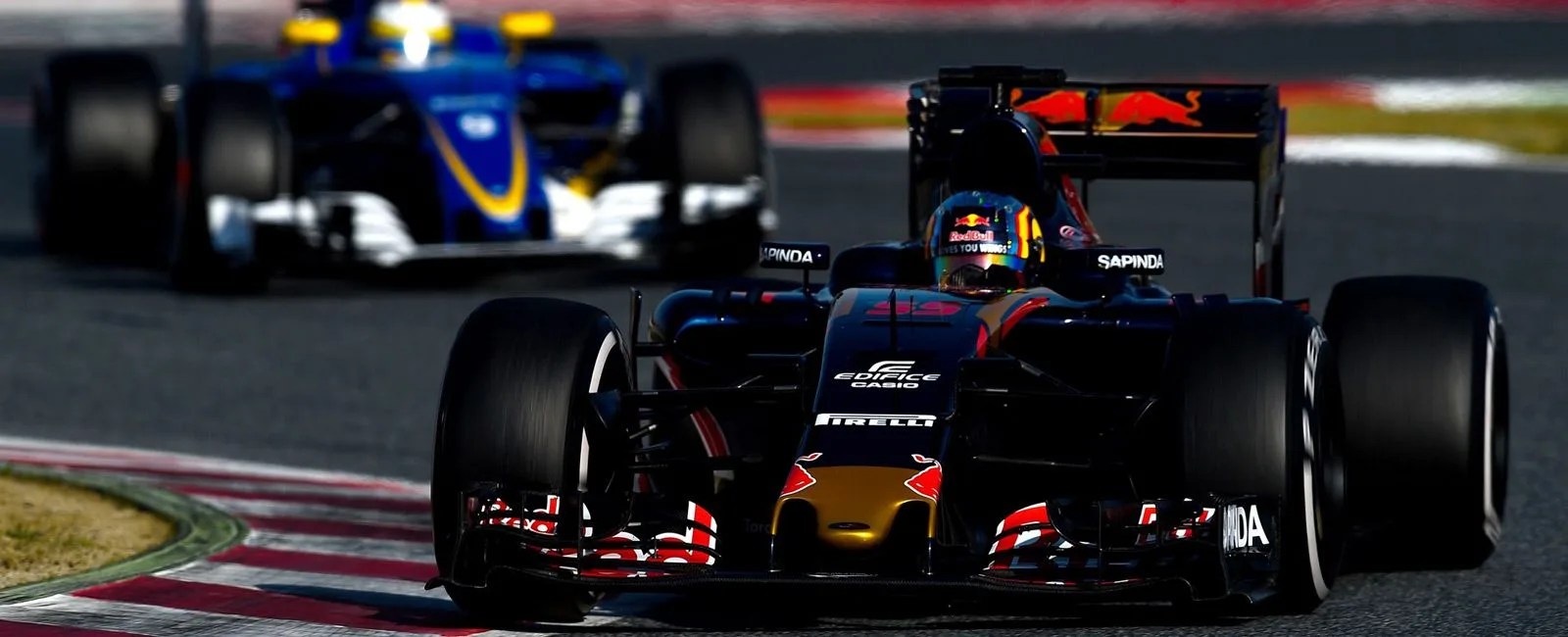 2016 Getty Images
2016 Getty ImagesThree-Day Weekends
Friday: An F1 race weekend, or Grand Prix, kicks off on Friday with two practice sessions. The teams and drivers use these sessions to learn the track, test new parts and dial in the car’s set up to get the best out of it come race day.
GET TO THE POINTS

